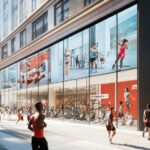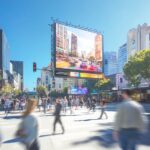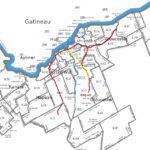In today’s competitive retail landscape, understanding how shoppers navigate their buying journey is more important than ever. This article explores the essential role of foot traffic data in gaining insights into consumer behavior and preferences. It examines the tools and technologies used to collect and analyze this valuable information, revealing insights that can inform effective marketing strategies. From targeting the right audience to optimizing store layouts, learn how leveraging foot traffic data can significantly enhance your business’s success.
The Importance of Understanding Shoppers’ Path to Purchase and Customer Journey Mapping
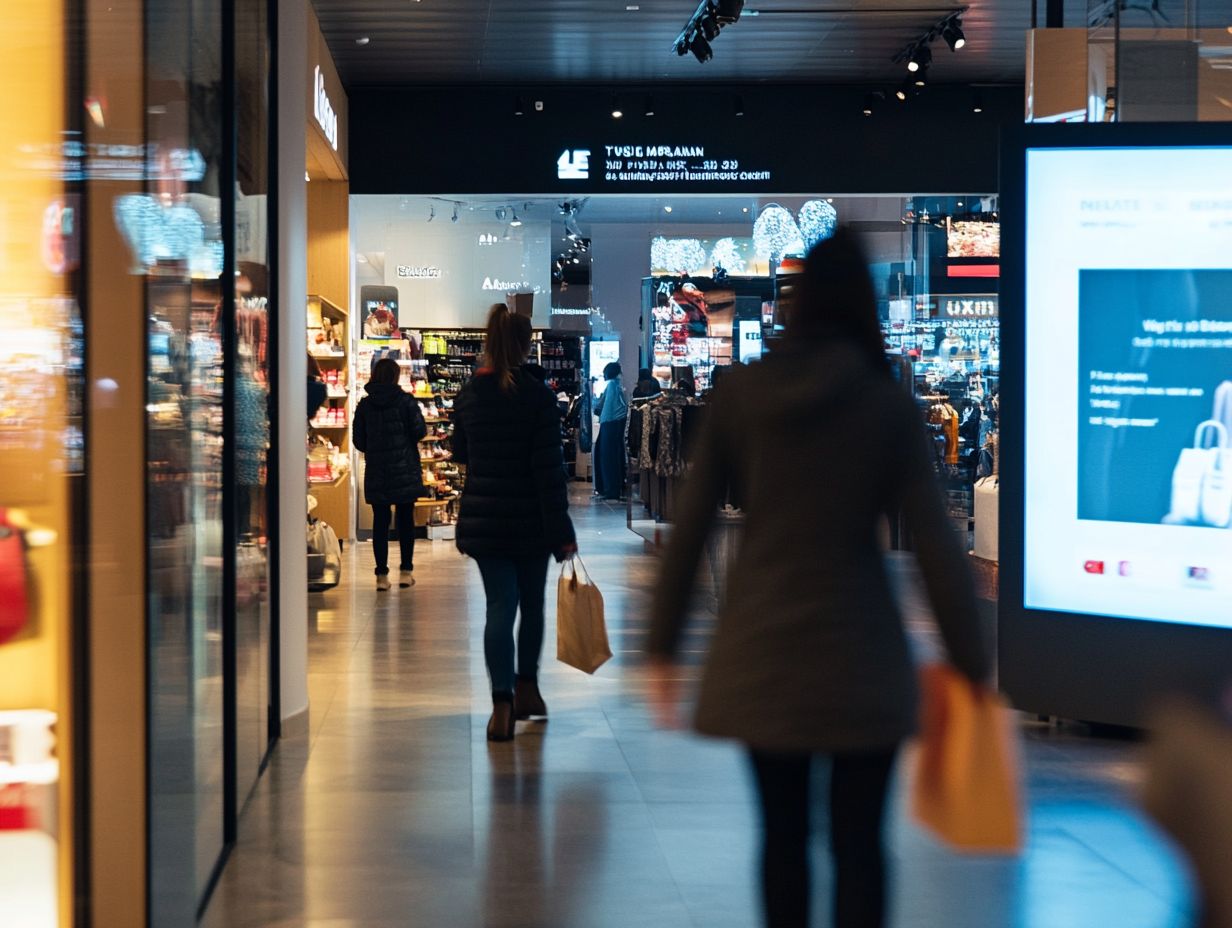
The path to purchase for shoppers encompasses the various steps they take, both online and offline, to complete a transaction. Understanding these steps in the shopping journey allows retailers to enhance their marketing strategies, optimize the checkout experience, and improve the in-store shopping experience through effective store layout.
By analyzing consumer behavior and utilizing retail analytics, brands can gain valuable insights into customer preferences that influence their shopping journey. This analysis involves examining the different stages of the shopping journey, from awareness to purchase decision, as well as how factors such as foot traffic data, shopper engagement, and behavioral analysis affect conversion rates and sales conversion.
Mapping the path to purchase enables retailers to optimize their strategies based on shopper psychology, ultimately leading to improved brand awareness and increased sales.
Why Foot Traffic Data is Essential
Foot traffic data is essential for retailers as it provides valuable visitor insights into store visits and enables them to analyze location data to better understand traffic patterns and store performance.
Measuring footfall allows businesses to identify demographic trends and shopper profiles, which helps them forecast sales more accurately. This data informs marketing strategies and enhances the shopping experience by enabling retailers to optimize store layouts and aisle performance based on actual traffic trends.
With such information, retailers can adjust their promotional strategies to align with shopper preferences and peak visitation times. For instance, retailers can utilize foot traffic patterns and predictive modeling to determine which products to promote during busy hours and how to effectively staff the store when consumers are most likely to visit, optimizing both revenue and customer experience.
This data also aids retailers in managing their inventories more efficiently, ensuring that popular products are adequately stocked during peak periods, ultimately leading to increased sales and improved inventory management.
How Foot Traffic Data is Collected and Analyzed Using Data Analytics
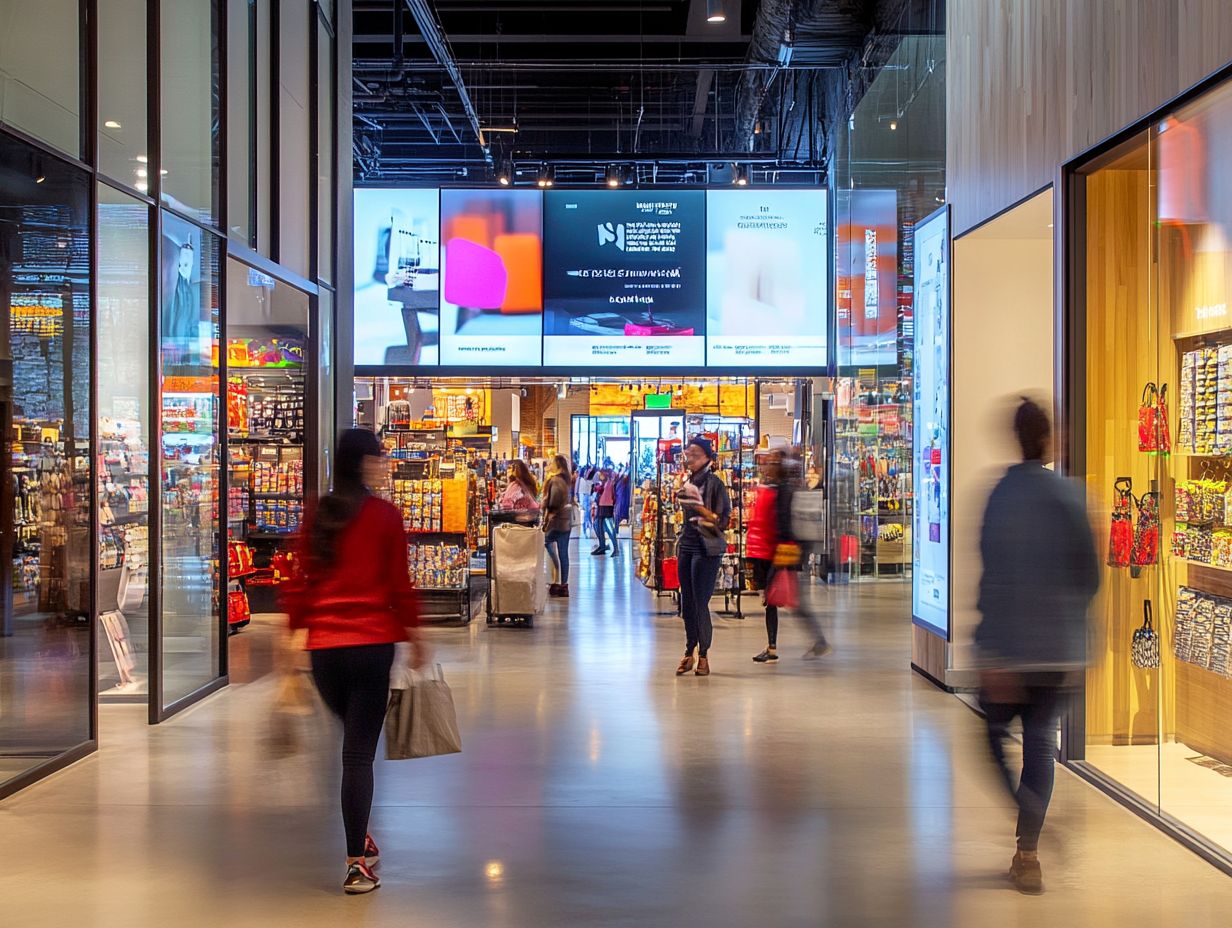
Foot traffic data is collected and analyzed using various innovative technologies and data analytics tools that enable retailers to gain real-time insights into shopper behavior and consumer trends.
By leveraging geolocation, mobile analytics, and mobile tracking, businesses can track customer movements and interactions within their stores. This technological advancement significantly enhances the accuracy of data analysis and provides a basis for geo-targeting strategies.
The resulting information is vital for mapping customer journeys and optimizing retail strategies, as it allows for the visualization of foot traffic patterns and trends that are essential for retail optimization and effective competitive analysis.
Tools and Technologies Used
The tools and technologies used for analyzing foot traffic data include foot traffic analytics, heat mapping, and mobile analytics. Together, these technologies facilitate the collection of essential data points and the visualization of shopper movement, enabling a deeper understanding of location-based marketing and predictive analytics for the future of foot traffic.
For instance, heatmaps and geolocation tracking provide retailers with insights into customer flow patterns, helping them identify where most shoppers congregate and make necessary adjustments to store layouts for improved in-store navigation.
AI-driven insights are commonly integrated into these tools, assisting brands in making real-time decisions to create more personalized marketing campaigns. When combined, foot traffic analytics technologies not only allow retailers to measure foot traffic more accurately but also enable them to predict shopping trends, consumer behaviors, and seasonal trends.
Key Insights from Foot Traffic Data
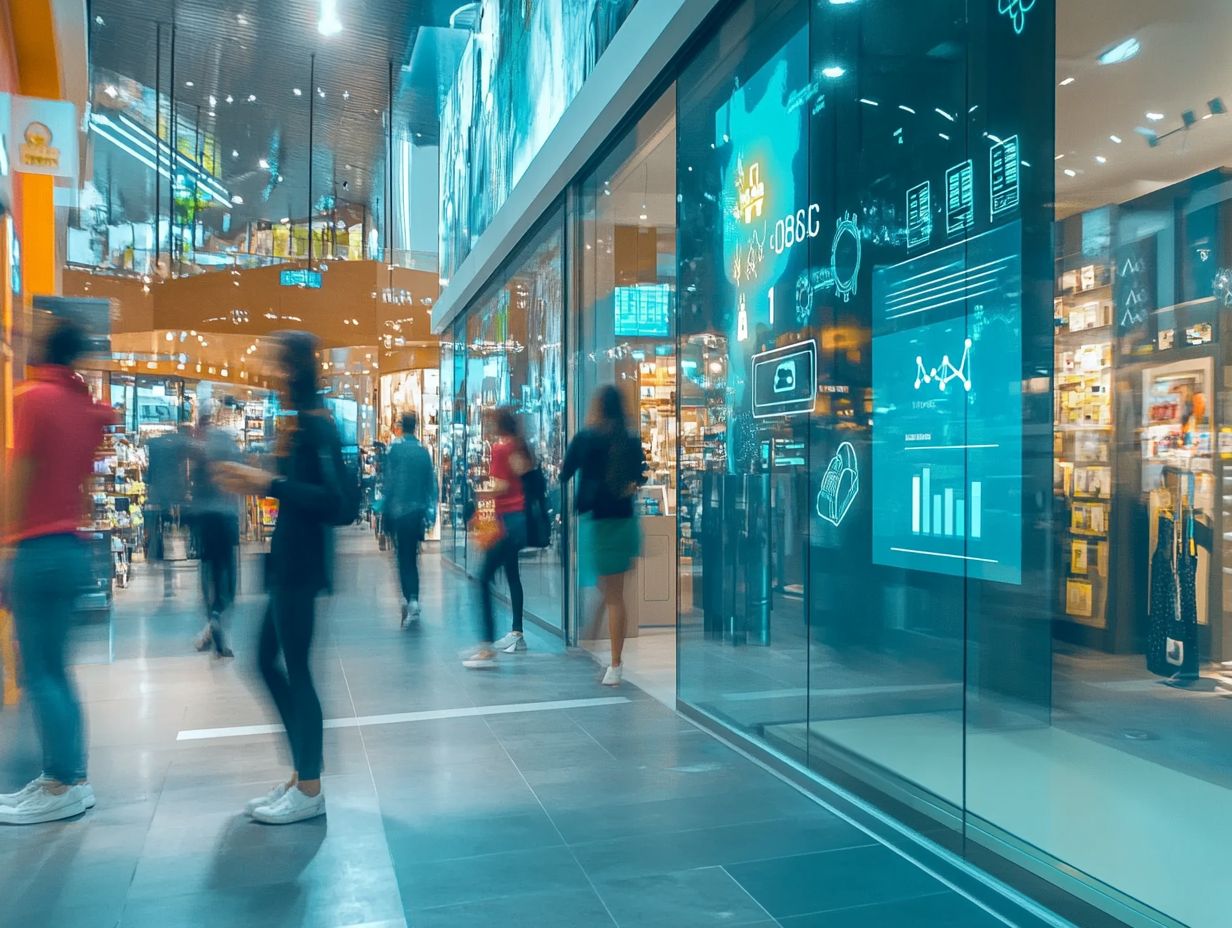
Key insights derived from foot traffic data enable retailers to better understand consumer behavior and preferences, enhancing their ability to perform behavioral targeting.
This understanding, in turn, reveals trends in shopping habits, shopper psychology, and shopping frequency, providing retailers with valuable information to refine their market research and promotional strategies.
By analyzing foot traffic patterns and shopping patterns, brands can enhance the effectiveness of their promotions and tailor their offerings to align with consumer expectations, thereby increasing promotional effectiveness.
Understanding Consumer Behavior and Preferences
The significance of consumer behavior and preferences for retailers lies in their ability to develop targeted marketing strategies that resonate with consumers. By understanding shopper profiles and leveraging insights from shopper psychology, businesses can align their products and services with specific shopping preferences, ultimately enhancing customer satisfaction, brand loyalty, and loyalty metrics.
A thorough understanding of consumer behavior and preferences facilitates effective market segmentation and shopper segmentation, ensuring that marketing strategies are tailored to the appropriate consumer segments. Additionally, this understanding allows retailers to monitor purchasing behavior and gather customer feedback, providing vital data that can influence product development and promotional strategies.
For instance, recognizing that certain consumer segments favor eco-friendly products can inspire marketing initiatives that cater to those preferences. Likewise, data-driven approaches enable organizations to refine their loyalty programs to offer rewards that genuinely appeal to consumers, fostering customer retention.
Identifying Patterns and Trends

Identifying patterns and trends in foot traffic data is essential for retailers to remain competitive and adapt to changing consumer behavior. By analyzing these trends, businesses can gain valuable insights into shopping habits, seasonal fluctuations, customer demographics, and visitor demographics.
This knowledge enables informed sales analysis and helps retailers develop strategies to capitalize on emerging trends. Retailers can identify peak shopping times, which not only aids in staffing decisions but also assists in planning promotional activities during high-traffic periods, optimizing marketing campaigns.
Examining shifts in demographics, such as the age and income levels of shoppers, provides a deeper understanding of target audiences. Such insights give the power to businesses to tailor their marketing efforts, including personalized promotions and relevant product placements, to resonate with specific groups, using data visualization techniques.
By leveraging foot traffic data, retailers can become more agile and optimize their overall sales strategies to align with current consumer preferences and potential future market shifts.
Utilizing Foot Traffic Data for Effective Marketing Strategies
Leveraging foot traffic data for effective marketing strategies allows retailers to reach the right audience and significantly enhance their promotional activities through direct marketing and digital marketing.
By employing customer segmentation techniques, retailers can tailor marketing messages and optimize promotional strategies to increase relevance for specific types of shoppers, thus improving advertising effectiveness.
This targeted approach not only improves traffic conversion but also fosters better customer engagement and engagement strategies.
Targeting the Right Audience
Targeting the right audience is crucial for retailers aiming to maximize the effectiveness of their marketing strategies. By utilizing foot traffic data to develop shopper profiles, businesses can create robust customer segmentation strategies that ensure promotions and advertising reach the appropriate audience, increasing brand perception.
This targeted approach not only enhances promotional effectiveness but also fosters brand loyalty. Understanding the nuances of shopper behavior and shopping habits allows retailers to identify patterns and preferences among their customers.
For instance, foot traffic data can reveal the optimal shopping times, the most popular products, and basic customer demographics. These insights are essential for designing effective marketing initiatives and improving ecommerce integration.
By segmenting customers based on their shopping behavior, retailers can craft tailored messages and offers that boost engagement and conversion rates. Customer segmentation not only drives short-term sales but also cultivates long-term relationships, as customers are more likely to remain loyal to brands that recognize and address their specific needs. This approach is crucial for optimizing the customer journey.
Optimizing Store Layout and Design
Optimizing store layout and design based on foot traffic data is essential for enhancing shopper engagement and improving the overall in-store experience. By analyzing foot traffic patterns and traffic sources, retailers can identify the best product placements and layouts that guide customers efficiently through the store.
This approach not only maximizes retail effectiveness but also encourages impulse buying and increases overall customer satisfaction. Understanding which areas of the store attract the most foot traffic enables businesses to strategically position promotional items, seasonal promotions, or seasonal products to capture the attention of shoppers who may not have actively sought them out.
Additionally, the type and style of signage, displays, and the overall flow of the store can be adjusted to encourage customers to spend more time inside, thereby increasing the likelihood of their engaging with various products. For instance, if a retailer observes that shoppers tend to complete their errands quickly, they might incorporate visual elements that attract attention and promote exploration of different product categories, ultimately enhancing the shopping experience.
Alternatively, if foot traffic statistics and footfall measurement indicate that customers frequently move toward the back of the store, retailers can implement visual guides and data analytics to ensure that important products are noticed along the way. This can enhance in-store navigation and improve the purchase journey.
Customizing customer experiences to accommodate different shopping behaviors is a crucial aspect of retail optimization. For example, designating separate sections for impulse purchases and essential items can be an effective strategy that meets shoppers’ immediate needs while also offering opportunities for additional purchases. By analyzing shopper behavior and shopping patterns, retailers can utilize retail insights and predictive modeling to optimize store layout and enhance customer engagement. These strategies are part of broader marketing strategies aimed at increasing sales conversion and improving the checkout experience, thus fostering brand loyalty and optimizing revenue.

